How to Take the Complexity Out of Fund Accounting
By: Mark A. Brousseau | January 18, 2022
ARTICLE — Donors want peace of mind that the organization is using their funds the way they intended.
But the process of tracking and reporting donations designated for a specific purpose – fund accounting – can be a tricky proposition for a non-profit organization.
Non-profits establish funds to track money for different fundraising activities, programs, and administrative functions. Designated funds, where a donor specifies the organization or charity their money will support, and unrestricted funds, where the non-profit organization is free to use the money as it chooses, are two well-known examples of funds. Current restricted funds, restricted endowment funds, and fixed-asset funds, are the other types of funds used by non-profits.
Regardless of the type of fund, donors expect non-profits to effectively track their revenue streams and the restrictions attached to them. The donor’s intent also dictates the proper categorization of earnings on the investments in the funds.
And regulators demand to know how revenues and expenses are spent. The Financial Accounting Standards Board (FASB) requires that all funds be grouped into two categories of net assets:
- Net assets without donor restrictions
- Net assets with donor restrictions
All this can be an administrative headache for already overburdened non-profit organizations.
No two funds are alike.
And the legacy systems used by most non-profit organizations make it hard to track and report on fund cash balances by department and other segments. Spreadsheets are not up to the task. Non-profit organizations also must accommodate multiple locations and entities.
Complex “release from restrictions” processes complicate matters. Many non-profit organizations withhold money from their general operating fund until it is needed to cover operating expenses. In a manual environment, staff must manually calculate the restricted funds to be released.
A better approach to fund accounting
Automation takes the pain out of fund accounting. The technology ensures that revenue a non-profit organization receives is kept in the intended category and is spent on the appropriate expenses.
Best-in-class fund accounting solutions:
- Help identify the source of revenue
- Track revenues and expenses
- Process different types of transactions based on pre-defined business rules
- Balance general ledger entries on all transactions and multiple segments in real-time
- Generate “Statement of Financial Position” or “Balance Sheet” report per segment
- Integrate with a non-profit organization’s enterprise resource planning (ERP) application to augment general ledger impact and produce balancing entries
This has big implications for how a non-profit organization manages it funds.
Automated fund accounting solutions provide non-profit organizations with:
- An accurate Net Asset calculation per fund or any segment
- Real-time visibility into the cash position of each fund
- Less manual effort to calculate restricted funds to be released
- More staff time to focus on activities related to the organization’s core mission
- Transparency for donors
- Streamlined audits and less risk of compliance issues
Non-profit organizations must be vigilant stewards of their money. In uncertain times, the pressure on non-profit organizations to steward funding sources rises. Integrating an automated fund accounting solution with a legacy ERP application makes it easy for a non-profit organization to track whether the organization is using revenues for their designated purpose.
Want to enhance your fund accounting? Click here to request a demo or arrange a no-obligation consultation with one of our automation experts.




